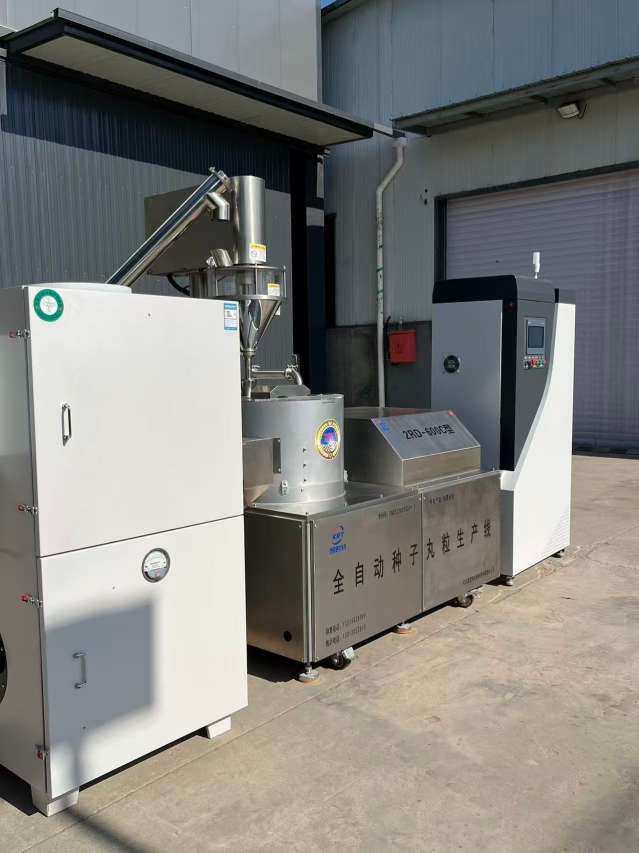Seed pellet technology, as a widely adopted seed treatment method in recent years, achieves multiple advantages such as uniform seed size, precise sowing, and enhanced stress resistance by coating the seed surface with one or more layers of “protective layers” composed of inert materials, nutrients, pesticides, or growth regulators.

However, some growers and industry professionals still have concerns: Will this “coat” hinder the breathing of the seeds and affect their germination process, ultimately leading to a decrease in the germination rate? In fact, after decades of technological iteration and scientific verification, the pelleting technology not only does not have a negative impact on the germination rate of seeds, but can also provide more favorable conditions for seed germination by optimizing the germination environment.
Breathable materials form the basis: The current mainstream granular coating materials mostly use substances with porous structures such as polymer polymers, diatomaceous earth, and talcum powder. These materials can firmly adhere to the surface of seeds to form a stable pellet shape. The tiny pores inside them can also establish “gas exchange channels” between the seeds and the external environment, ensuring that the oxygen needed for seed germination can smoothly enter during the germination process, while eliminating the carbon dioxide produced by respiration, thus avoiding seed germination being hindered due to lack of oxygen.

More precise moisture regulation: Another important role of the pelletized layer is to regulate the rate at which seeds absorb water. For some seeds that absorb water too quickly and are prone to cracking (such as some vegetable seeds), the pelletized layer can slow down the rate of water penetration, allowing the seed endosperm and embryo cells to absorb water slowly and gradually expand, avoiding seed inactivation due to cell rupture; for seeds with high water requirements, additional water-retaining components can be added to the coating to prolong the moistening time around the seeds, providing a continuous water supply for germination. This “on-demand regulation” feature is precisely the key to improving germination stability, rather than an obstacle to affecting the germination rate.
